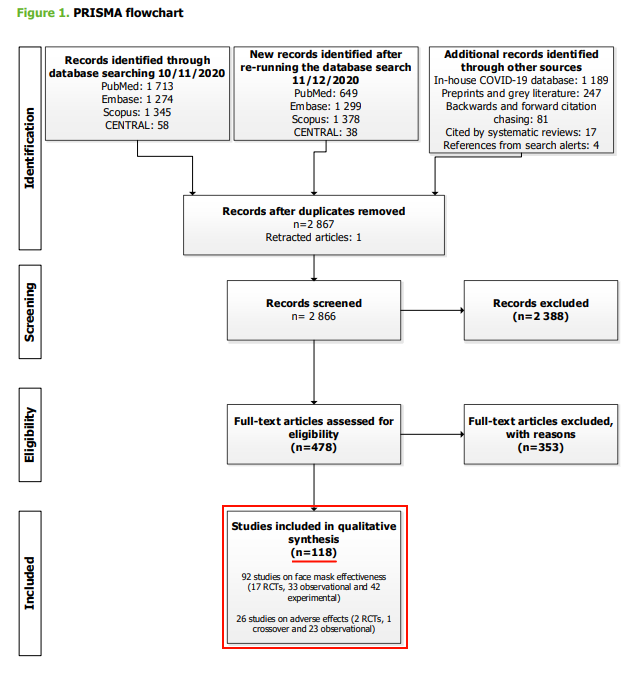
1/ When we wrote this paragraph back in October I wouldn't know how close to home it would hit. Back in October my mother-in-law (65+) fainted in the bathroom while having diarrhea. It was quite a scare as she got hit very hard.
Ref: medrxiv.org/content/10.110…
Ref: medrxiv.org/content/10.110…

2/ Not long after my father-in-law (80+) was diagnosed with anorexia nervousa. Doctors presume that loneliness caused by the lockdown, plus the scare of the episode would have been more than enough to cause it.
3/ Back then I immediately told my wife that those were signs of COVID, being health personnel and working on the lab at the hospital knew very well the evidence. On her account, the evidence was definitely not anywhere near what they thought were signs of the disease.
4/ My rationale for suggesting it was statistics and our plain modeling experience on how outbreaks behave (see our paper with @LDjaparidze). On their location, they had a rampant still undiscovered outbreak (because of cases you know).
5/ Fast forward to mid-February she was thinking to get the Russian vaccine. I told my wife, that I would bet her they don't need it as they already got it. She said no. So we told them that I would pay for the spike quantitative AB study. And my mother-in-law did it.
6/ Who do you think won the bet?
7/ Obviously me, though that is no measure because I write also when I am wrong. I had been back in March with suggesting masks were useful, it's on the record. What did I win? Hanging this beauty exactly where I wanted to. 

8/ Though winning the bet was great, the whole point is to show that everywhere health officials, epidemiologist and the general public is underestimating the capability of the SARS-Cov-2 virus to disguise into other maladies and make TTI the wrong approach to deal with it.
9/ Needless to say, those 2 cases + the whole household (which are likely old positives too) are not counted on the government statistics making decision-making without the proper epidemiological understanding a nightmare.
• • •
Missing some Tweet in this thread? You can try to
force a refresh






